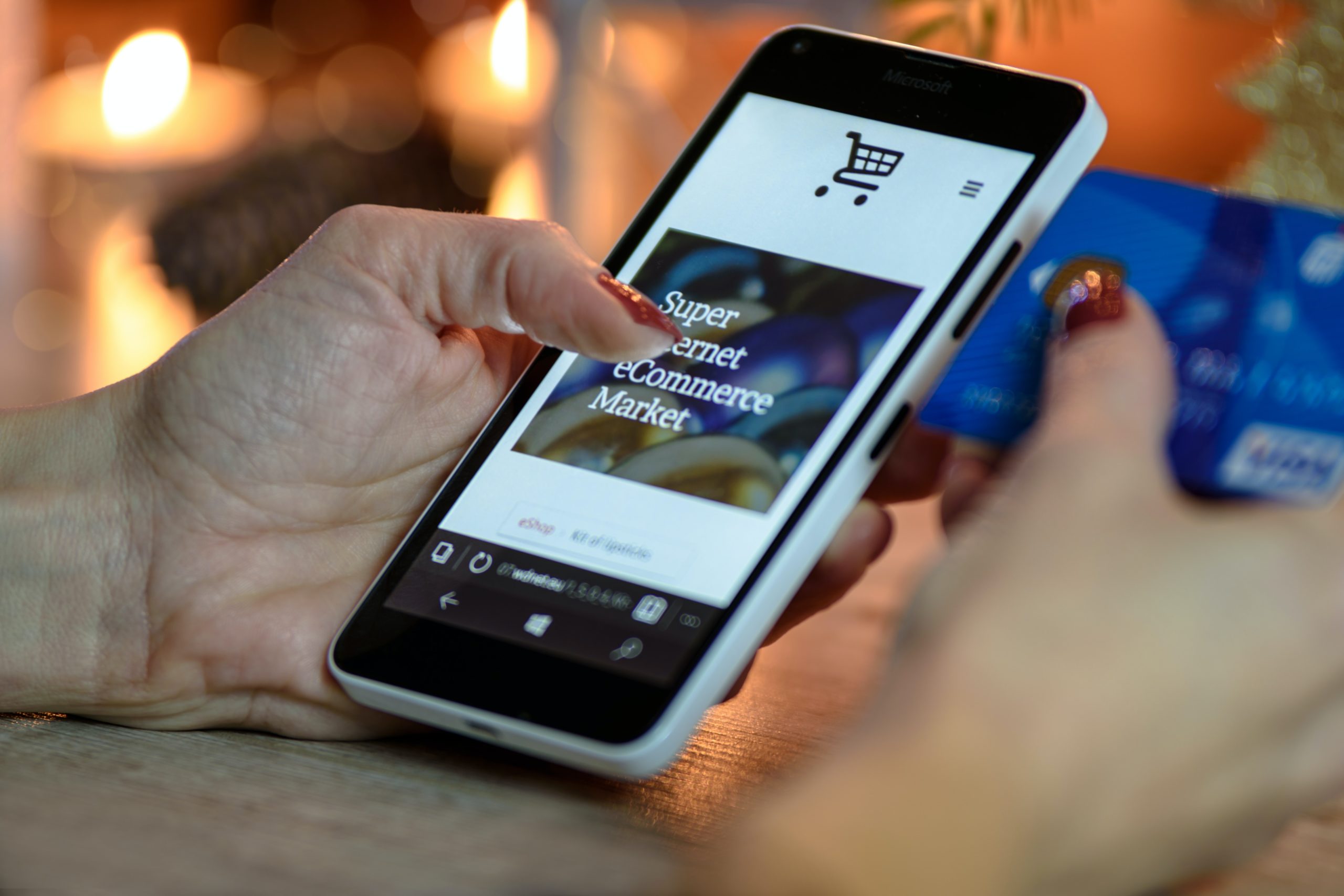Ecommerce PPC is essential for any business that sells products online. More than 65% of all ad clicks on Google come from Google Shopping, which makes it an essential tool to add to your eCommerce arsenal. We’ve listed our top 5 eCommerce search recommendations below:
Manage your Shopping Feeds & Merchant Centre
The influence your shopping feed has on performance is huge, which is why it’s so important to keep it in good order.
Product titles are a great way to improve relevancy within the search queries your ads serve for. The more relevant your product title is to your product, the more relevant your search queries will be! An easy way to know what search queries are performing well for you (if you are already running standard shopping campaigns) would be to perform a search query report.
The type of information we recommend including changes depending on the product you are selling.
Apparel: Brand, Gender, Product Size, Additional Info (colour, size, material)
Toys/ Games: Brand, Product Name, Product Type, Format (PC, PS4/PS5 etc…)
Consumables: Brand, Product Type, Additional Info (weight, count)
Hard Goods: Brand, Product, Additional Info (size, weight, quantity)
Electronics: Brand, Spec, Product Type, Model Number
Seasonal: Occasion, Product Type, Additional Info
Books: Title, Type, Format (hardcover, Ebook), Author
Images are the first thing the customer sees when your ad is shown, so you need to ensure you get this right. Remember to use high resolution images, no watermarks and to test lifestyle vs product images.
Custom labels are columns within your feed where you can add up to five labels per product, and these are then accessible within the Google Ads interface. These are a crucial part of modern campaign builds. Adding labels to products enables you to target a specific group of products within certain campaigns, whether the goal is to improve ROAS, drive sales by targeting top performers, or to push specific items with a high volume of stock.
A Google study showed that aligning your sales and promotions within your Merchant Center could result in a 28% uplift in conversion rates! This can be easily opted in to within the Merchant Center and is recommended to help your ads stand out from your competition.
GTINs (Global Trade Item Number) is a significant part of the optimisation process. Adding these will allow you to appear for more searches, particularly when customers are searching for exact products in Google. GTINs also get you placement on searches like ‘best’ or ‘top’ by utilising customer reviews to rank your ad position within the Search Engine Results Page.
Reviews are generally an underrated feature available in Google Shopping. Shoppers rely on reviews when deciding where to spend their money online. By adding reviews against your products, you are adding a level of historical customer satisfaction that could make the difference in generating a sale. You can add these in several ways within Google Merchant Center.
- Third Party Aggregator (like Trust Pilot, Feefo Reevoo)
- Google Customer Reviews
- Adding manually (from a website, using a feed)
All of these have benefits and drawbacks – so choose the one that is right for you!
Creative
Automation is having a greater influence on how PPC is managed. With newer campaign types, ad formats and features that allow the integration of images and videos it’s more important than ever to ensure you utilise creative to its full potential to boost eCommerce performance. Consider the following:
- Linking to YouTube
- Access high spec videos relating to your brand/product/service
- Populate your asset library with high spec images from your website or HTML5 banners
- Rotating and refreshing creative will limit ad fatigue
Test, learn and refine
As mentioned above, automation is a key aspect of any successful PPC account structure. A test, learn and refine approach is recommended when trying something new. Google have made a number of changes with the introduction of things like match types, bidding and campaign types – forever keeping us specialists on our toes – which influence the way we structure accounts and campaigns.
Being a Google Premier Partner helps us test new opportunities as it gives us exclusive access to new product betas and features within the Google Ads interface.
We recently saw an increase of 20% in client revenue when trialling Google’s new product Performance Max, and this has now been rolled out across all accounts, so it’s important to adopt a rigorous test, learn and refine approach.
Conversion tracking
Measurement must change in a privacy-safe future, as some of the tools we have used in the past to measure performance simply won’t work anymore. In the era of stringent data protection guidelines and a cookie-less world we’ve had to adapt our clients’ tracking solutions to ensure we maintain a level of security, accuracy and performance. New features like enhanced conversions and Google Consent Mode are just two ways that we are tackling this issue head on.
Specifically for eCommerce, we recommend focusing key performance indicators such as ROAS/ ROI (return on advertising spend/ return on investment) to influence marketing decisions. These metrics are important in terms of understanding whether your marketing strategy is working. We also apply these models as bidding strategies within our marketing platforms to ensure we achieve campaign objectives and performance targets.
Campaign type innovation
The introduction of Performance Max campaigns is just one recent example of Google’s push towards automation.
Performance Max is a new goal-based campaign type that allows users to access all of Google’s inventory from a single campaign. Its intention is to complement your current search-based campaigns to help you deliver incremental growth on top of your current activity. As a goal-based campaign it’s designed to drive sales or leads, something you can choose at the outset of campaign setup. It combines a mixture of text and creative to build ads to advertise across all of Google’s properties to generate sales/ leads.
Google’s latest announcement is that all Smart Shopping campaigns will be migrated over to Performance Max from September 2022, so the sooner you adopt this strategy, the more data you can gather to optimise and drive sales.









